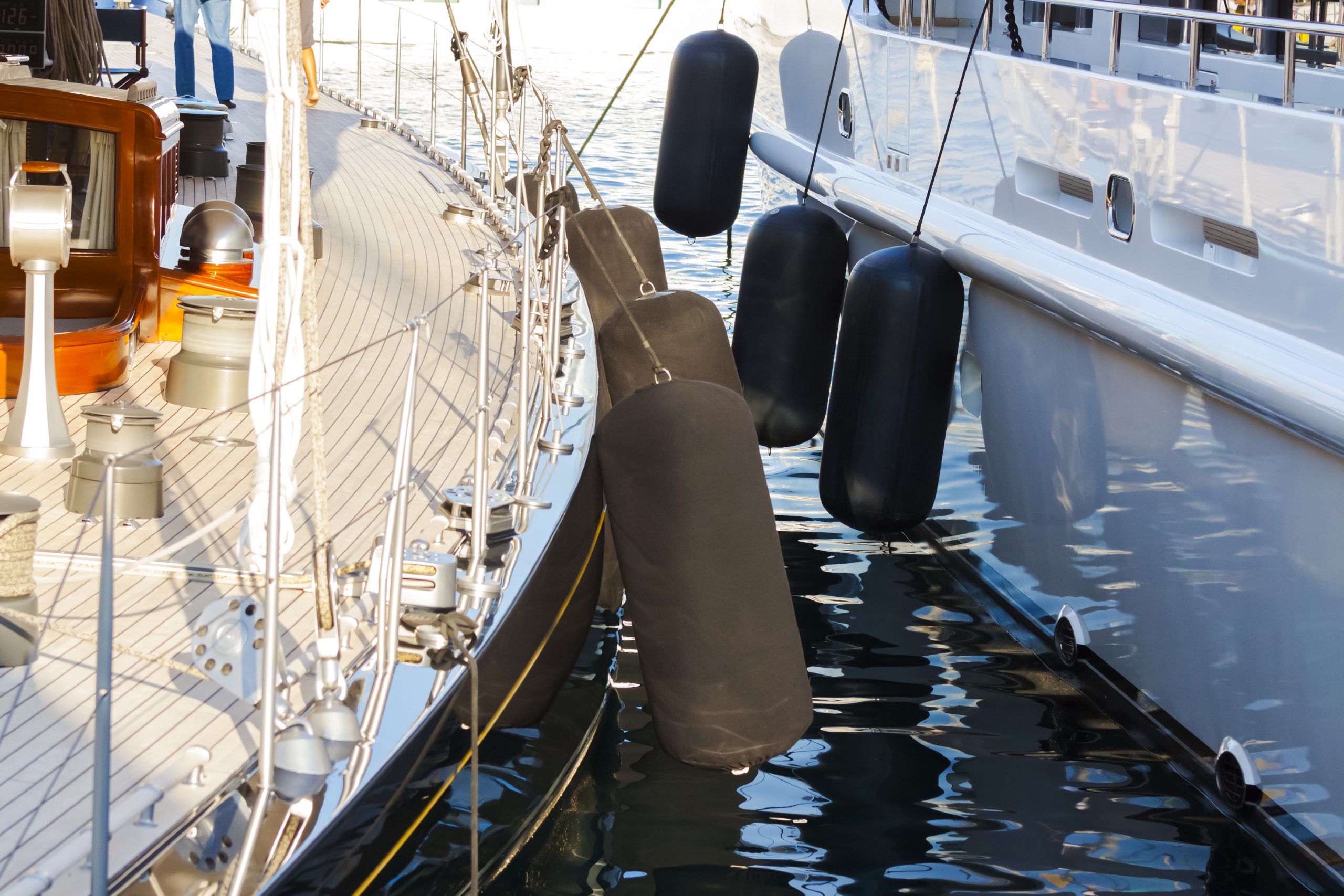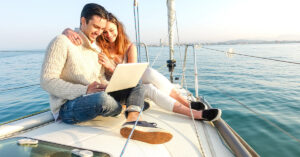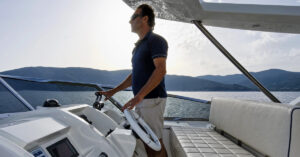As a boat owner, there are many boating tools and accessories that we rely on and would be completely lost without. At the top of the list are fenders because these inflatable or padded cushions do the dirty work of keeping your boat from getting damaged. Fenders are multi-purpose and do much more than just absorbing shock, they are used for safe docking too.
Using fenders for safe docking is not at all difficult but there are a few things to keep in mind. Do not secure fenders before beginning the docking process because they can get caught on pilings, or even other boats. If this happens, the person that is steering the boat will lose control, and that is something we want to avoid. Additionally, you always want to ask someone to hold the fender line and move/position the fenders where needed. Once you have finished the docking process, secure the fender using a clove hitch or “slip hitch”.
When you have finished docking, fenders should be hung near the widest beam point at the lowest attaching point. If a lower spot, such as a cleat, is unavailable, secure the fenders to a lifeline. You should hang enough fenders so that your boat will avoid rubbing or hitting hard bulkheads and pilings. If you are docking next to a piling, you should hang the fender horizontally in order to keep them from rolling aside. Another option would be to use two cylindrical fenders against the boat with a fender board laid across them. If you plan on keeping your boat in the same area for a while, be sure to keep fenders and extra lines out of the water to inhibit barnacles and algae from growing on the bottom of the fender. You have spent good money on your fenders, so this is a point you want to remember.
We all know how tedious docking can be. It is a lengthy and fairly difficult process, but fenders help ensure that the process is a safe one. You can protect your vessel during docking, take the opportunity, and the safety that fenders provide. Browse our collection of inflatable fenders here.









